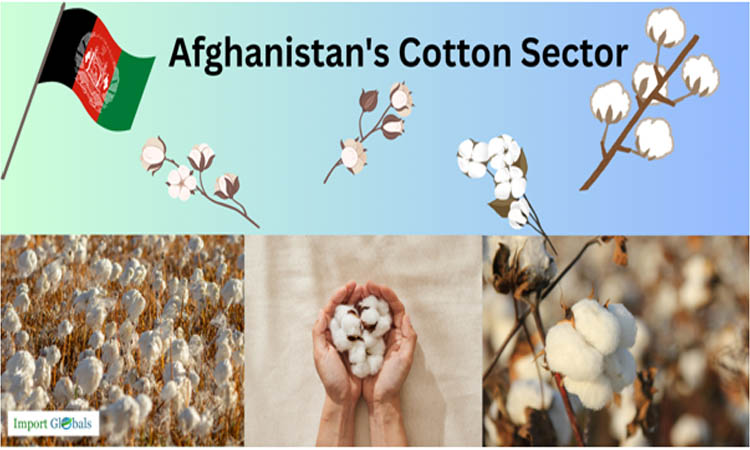
- Jun 07, 2025
Afghanistan's Cotton Sector: A Vital Export Driver
Afghanistan's most valued export in recent years has been cotton, which has been essential to the nation's agricultural transformation and economic recovery. According to Import Globals' Afghanistan Export Data, more cultivation, higher yields, and rising demand from regional markets have all contributed to the country's explosive growth in cotton output and exports between 2020 and 2025. Afghanistan's cotton export performance, important markets, production centers, pricing dynamics, and prospects are all covered in detail in this blog.
Breakdown of Cotton Exports
Over the previous five years, Afghanistan's cotton sector has grown significantly. According to an Import Globals Research on Afghanistan Import Export Trade Data, the nation exported over $273 million worth of cotton and cottonseed in 2024, a significant rise over prior years. The considerable growth between 2021 and 2024 can be attributed to both heightened output and broader market accessibility.
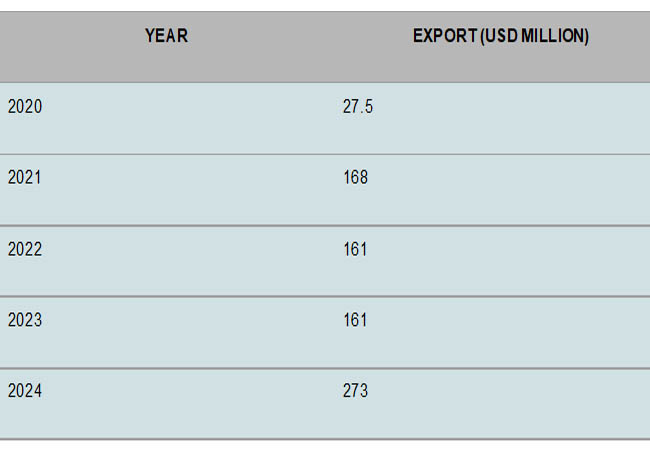
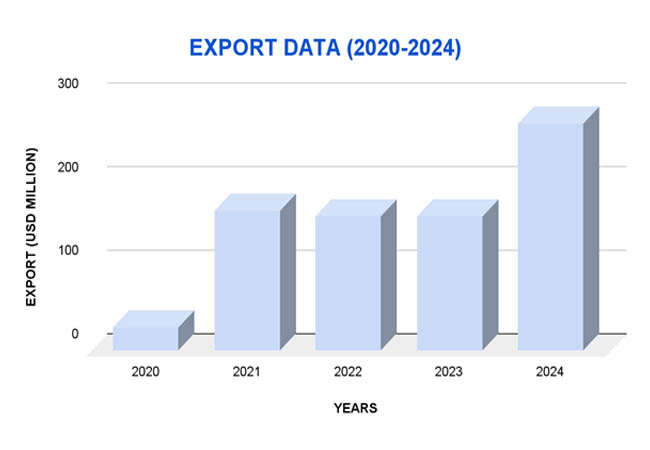
Major Export Destinations
The main destination of Afghanistan's cotton exports is its surrounding and regional neighbors. The primary locations in 2024 were:
Pakistan: Mostly from Balkh province, about 15,000 tons of cotton were exported.
China: As per Afghanistan Import Data by Import Globals, significant volumes, with China being a major importer of Afghan cotton.
Significant amounts of Afghan cotton were also imported by Uzbekistan, Iran, Turkey, and Germany.
Notably, between January 2022 and December 2023, all of Afghanistan's raw cotton exports went to Pakistan, according to Afghanistan Import Trade Analysis.
Cotton's significance to Afghanistan's economy
Afghanistan's agricultural sector relies heavily on cotton for several reasons.
Alternative to Poppy Cultivation: Since the cultivation of opium poppies is prohibited, cotton has emerged as a practical and lawful substitute for farmers, providing a steady source of income.
Creation of Jobs: The cotton business creates jobs in the commerce, processing, and farming sectors.
Export Revenue: According to Afghanistan Export Data, cotton is Afghanistan's leading export and a major source of foreign exchange profits.
Principal Areas for Cotton Production
Cotton production increased in 17 provinces in 2024, reaching 159,000 metric tons, a 30% rise from the year before, according to the Import Globals Study on Afghanistan Import Data. Thanks to improved agricultural investment and a favorable climate, the areas have grown to be crucial to Afghanistan's cotton sector. Important areas for production include:
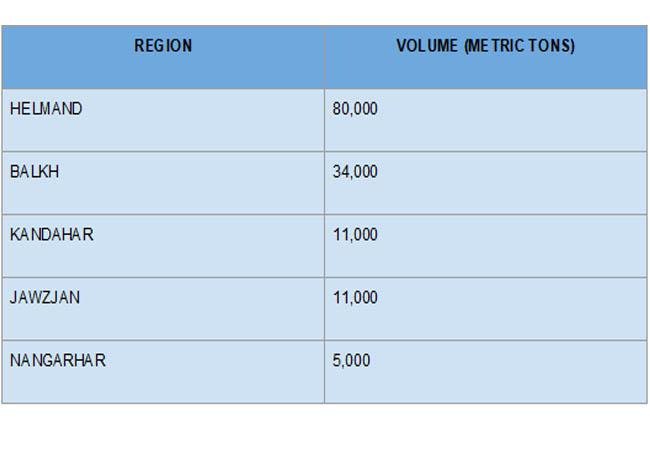
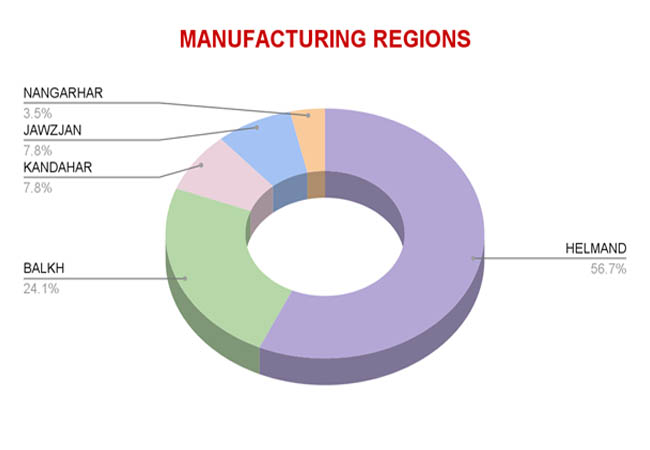
Strategic Consequences
According to Afghanistan Export Import Global Trade Data, the expansion of the cotton sector has many strategic ramifications. Economic diversification encourages legitimate farming methods and lessens dependency on illegal products. Through commerce, regional trade integration improves economic relations with surrounding nations. By improving rural communities' standard of living, rural development promotes social stability.
Forecast and Trends in Prices
Several variables, including rising output in nations like Brazil and shifting consumer preferences, have contributed to the volatility of cotton prices worldwide. Prices dropped below $0.69 per pound, the lowest since October 2020, according to a report by Import Globals on Afghanistan Import Export Global Data.
Global price changes pose difficulties for Afghanistan, although the nation's competitive production prices and proximity to important markets may lessen the negative consequences. Prices are expected to stabilize in 2025, pending a recovery in global demand.
Worldwide Exporters of Cotton
Afghanistan Import Export Trade Analysis states that these nations control the majority of the world's cotton market, with Afghanistan becoming a more significant regional player.
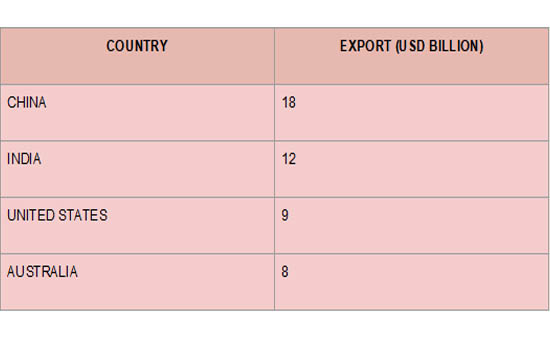
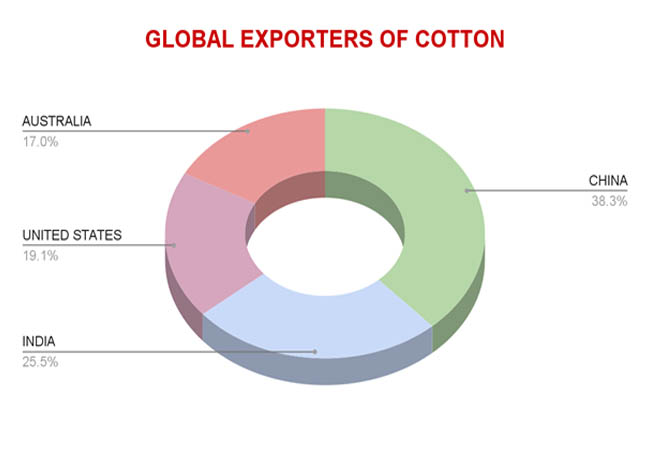
Conclusion
Between 2020 and 2025, Afghanistan's cotton sector experienced tremendous expansion, emerging as the nation's main export. According to Import Globals' Afghanistan Import Shipment Data, the growth of cotton exports and cultivation has improved trade links with other nations, created economic opportunities, and decreased dependency on illegal products. According to the Afghanistan Import Trade Statistics, maintaining this development trajectory will need ongoing investments in infrastructure, market access, and agriculture.
If you are looking for detailed and up-to-date Afghanistan Export Data, You Can Contact Import Globals. Visit www.importglobals.com or email info@importglobals.com for more information.
FAQs
Que: What is Afghan cotton's main purpose?
Ans: The textile sector uses Afghan cotton mostly to make fabrics and clothing. It is also a source for the manufacturing of cottonseed oil.
Que: What effect has cotton farming had on Afghanistan's opium output?
Ans: By promoting cotton as a substitute crop, many farmers have switched from growing opium poppies to growing cotton, which has helped to lower the production of illegal crops.
Que: Which nations import Afghan cotton most frequently?
Ans: Pakistan, China, Uzbekistan, Iran, Turkey, and Germany are the top importers. TOLOnews
Que: What obstacles does Afghanistan's cotton export industry face?
Ans: The need for better infrastructure and processing facilities, rivalry from large exporters, and worldwide price instability are some of the difficulties.
Que: How does the cotton sector in Afghanistan look in 2025?
Ans: Due to increased output and ongoing demand from regional markets, the industry is anticipated to continue growing, with estimated exports topping $280 million.
Que. Where to obtain detailed Afghanistan Export Data?
Ans. Visit www.importglobals.com or email info@importglobals.com for more information on up-to-date Afghanistan Export Data.
